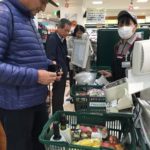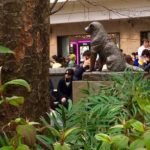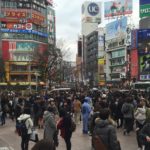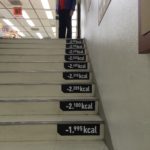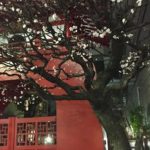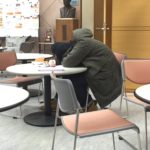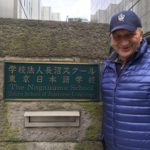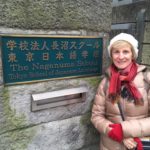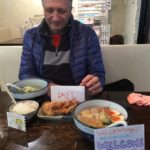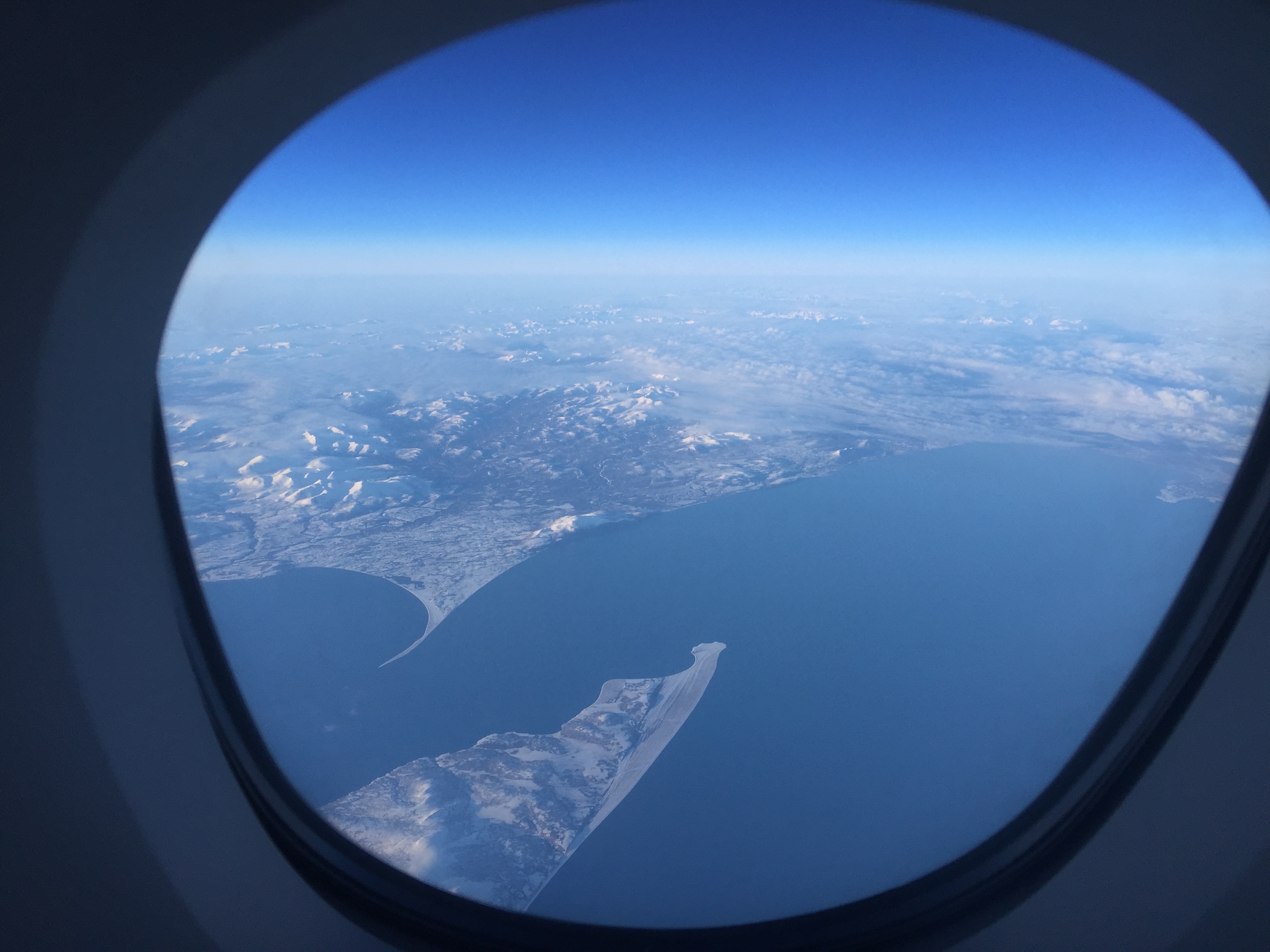 We arrived in Kyoto the day after our return from Nikko, catching a view of Fuji-san from the shinkansen window. We have been to Kyoto before but its power to amaze and delight has never been stronger.
We arrived in Kyoto the day after our return from Nikko, catching a view of Fuji-san from the shinkansen window. We have been to Kyoto before but its power to amaze and delight has never been stronger.
 Our hotel was brilliantly located in the heart of the Gion district, just close by the Yasaka Shrine. The room was tiny – the tub ideal for a very short, very fat guest. We could fit the whole lot in the smallest corner of our Nikko hotel room.
Our hotel was brilliantly located in the heart of the Gion district, just close by the Yasaka Shrine. The room was tiny – the tub ideal for a very short, very fat guest. We could fit the whole lot in the smallest corner of our Nikko hotel room.
Time zones being what they are, the days began with a 7:15 am Skype call to Michael’s office (3:15 pm the previous day in California), sustained by coffee fetched by Fiona from the local kissaten – this is the Japanese word for coffee shop which is now regarded as archaic – for modern Japanese, it’s コーヒーショップ (koufeeshoppu) or just plain カフェ (kafe). We don’t know if Japan has an equivalent to the Académie Française, but if it does, it’s losing the war against foreign imports. 
Starting with the Heian Jingu shrine, here are a few highlights of our two days in Kyoto. You walk under the 80 feet tall 鳥居(torii or gate) to the shrine buildings. Impressive as the buildings may be – and they are a beautiful blaze of orange and green – the gardens that surround the buildings on three sides are utterly lovely. The “trees” below are covered in folded paper prayers, or wishes.
As we stood in front of this shrine a taxi drew up and we were able to see three apprentice geisha, maiko, arriving dressed in formal kimonos. Beautiful!
Cherry trees were beginning to blossom along the small canal on The Philosopher’s Walk from the Zen Nanzenji, to the Silver Pavilion, Ginkakuji. High mountains covered in forests are on the right, and Kyoto stretches far down on the left. We understood why the university professor took his daily meditational walk here! This temple is not actually silver – expenses for the 14th century Onin War prevented shogun Yoshimasa from finishing it. You can see the sand mound made to resemble Fuji-san, surrounded by a raked garden which refers to the sea. Paths lead you through mossy hillsides, around ponds and waterfalls and through bamboo stands: a perfect “stroll” garden. All this planted with a careful regard for the effects from the changing seasons.
Best place to eat: Nishiki Food Market. We ate onigiri (rice triangles with fish, pickled plums inside, wrapped in seaweed), misu soup and tea before strolling through the long, narrow alleys lined with food stalls + an awesome knife shop. Popular snack: squid on a stick.
Kiyomizu-dera is a large temple complex up in the hills and very popular not only for the spectacular views, but there is also a shrine dedicated to love and good marriages! You can see the steps up to it crowded with many young girls in their pretty spring kimono outfits and all taking photos. I will be making an album of “girls in kimono with selfie sticks” soon!
A couple of buses took us to a small museum which was quite off the usual tourist route. Last year LACMA had an extraordinary exhibition of tea bowls and other tea ceremony ceramics from the Raku Museum here in Kyoto. We met the current head of this family, Raku Kichiazemon XV (the family home and workshop has been here for 450 years), and though he was not in Kyoto now, we saw the museum and talked to the staff.
Two last views from Kyoto, Michael at the Nijojo Castle entrance, and Michael, Alison and David heading off under the sakura blossoms.
The shinkansen from Kyoto took 2 hours 10 mins, covering 290 miles! So comfortable and then – we arrived in Tokyo at rush hour:

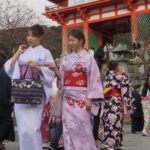
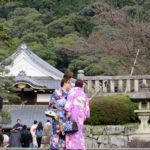
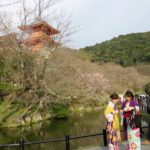
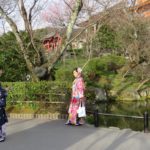
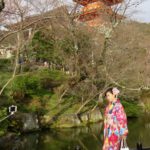
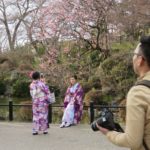
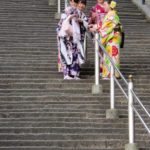
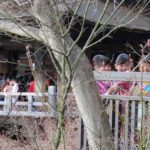
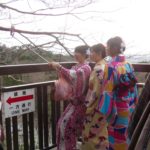
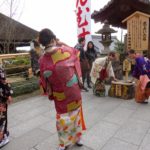
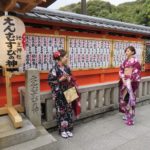
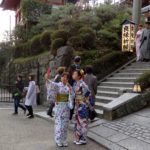
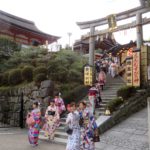
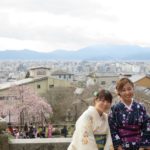
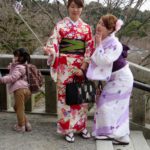
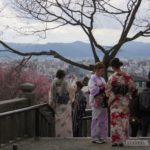
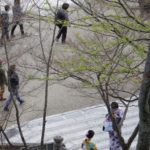
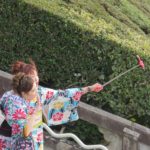
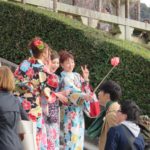
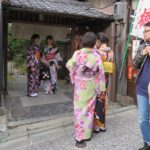
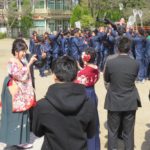
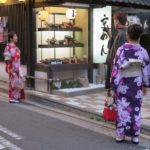
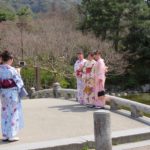
 We arrived in Kyoto the day after our return from Nikko, catching a view of Fuji-san from the shinkansen window. We have been to Kyoto before but its power to amaze and delight has never been stronger.
We arrived in Kyoto the day after our return from Nikko, catching a view of Fuji-san from the shinkansen window. We have been to Kyoto before but its power to amaze and delight has never been stronger. Our hotel was brilliantly located in the heart of the Gion district, just close by the Yasaka Shrine. The room was tiny – the tub ideal for a very short, very fat guest. We could fit the whole lot in the smallest corner of our Nikko hotel room.
Our hotel was brilliantly located in the heart of the Gion district, just close by the Yasaka Shrine. The room was tiny – the tub ideal for a very short, very fat guest. We could fit the whole lot in the smallest corner of our Nikko hotel room.
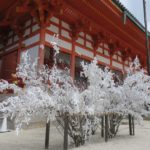
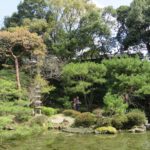
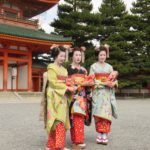
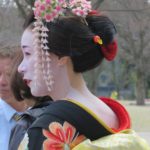
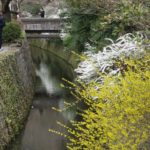
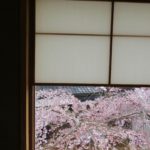
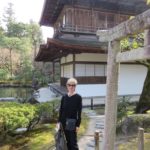
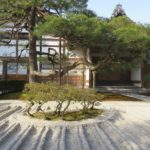
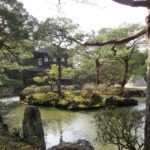

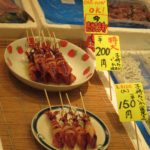
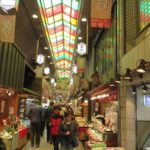
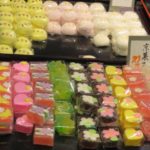
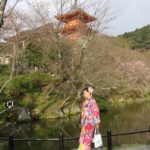
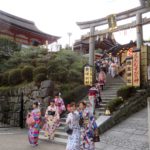
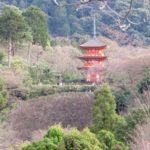
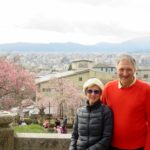

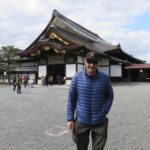
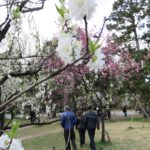

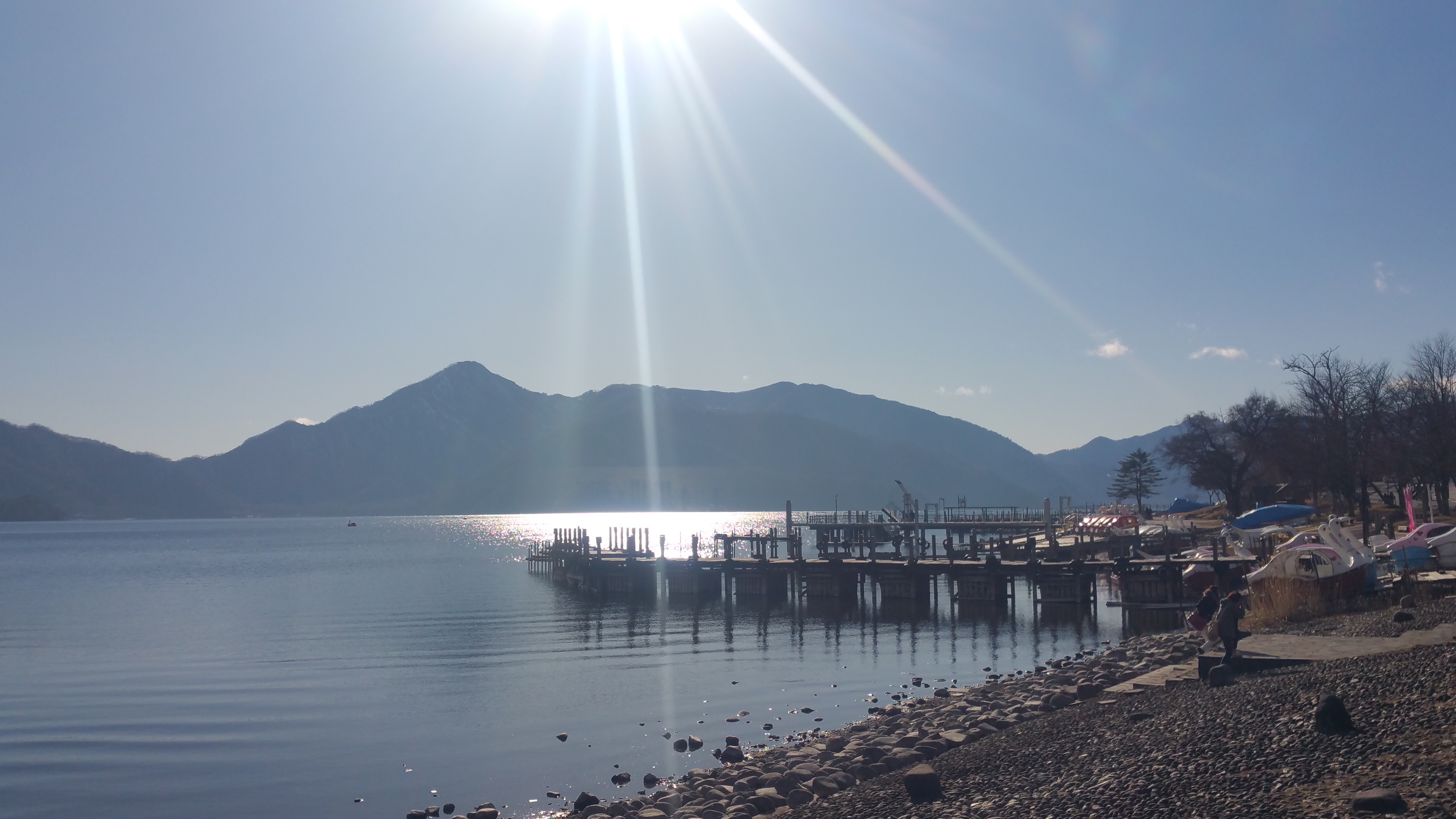
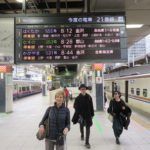
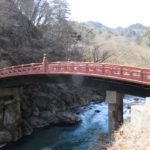
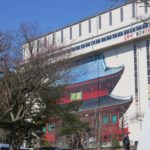
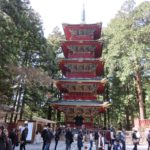
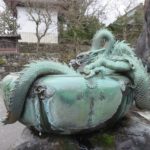
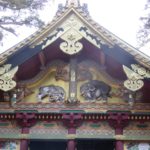
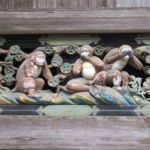
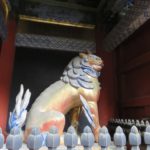
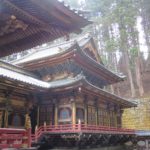
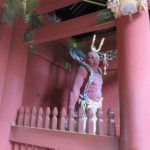
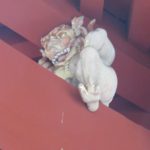
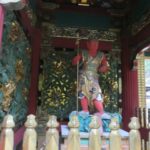
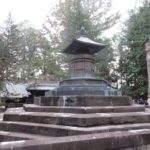
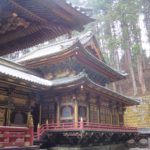
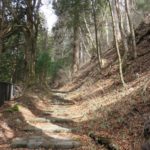
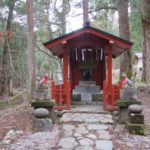
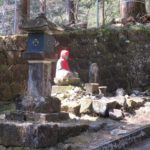
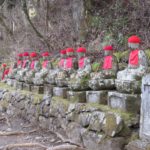
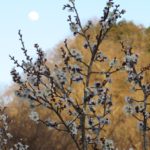
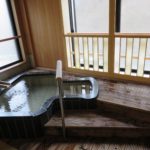
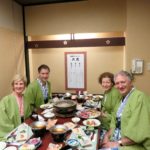
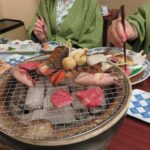
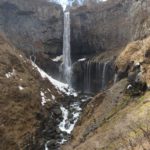
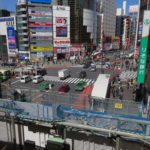
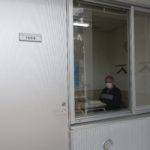
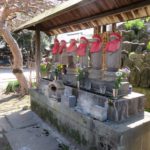
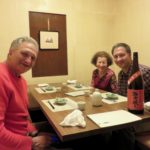
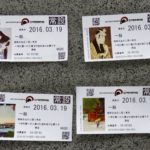
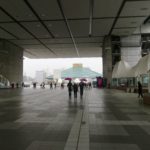
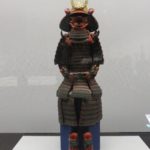
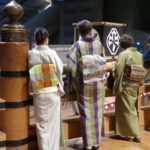
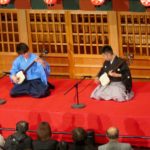
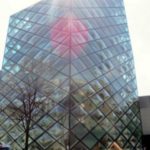
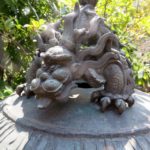
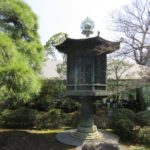
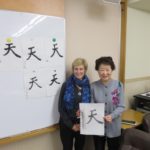
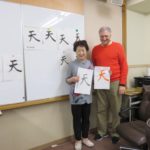
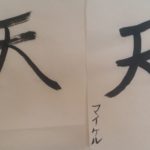
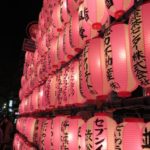
 Since this posting will involve some geography, here is a link
Since this posting will involve some geography, here is a link 